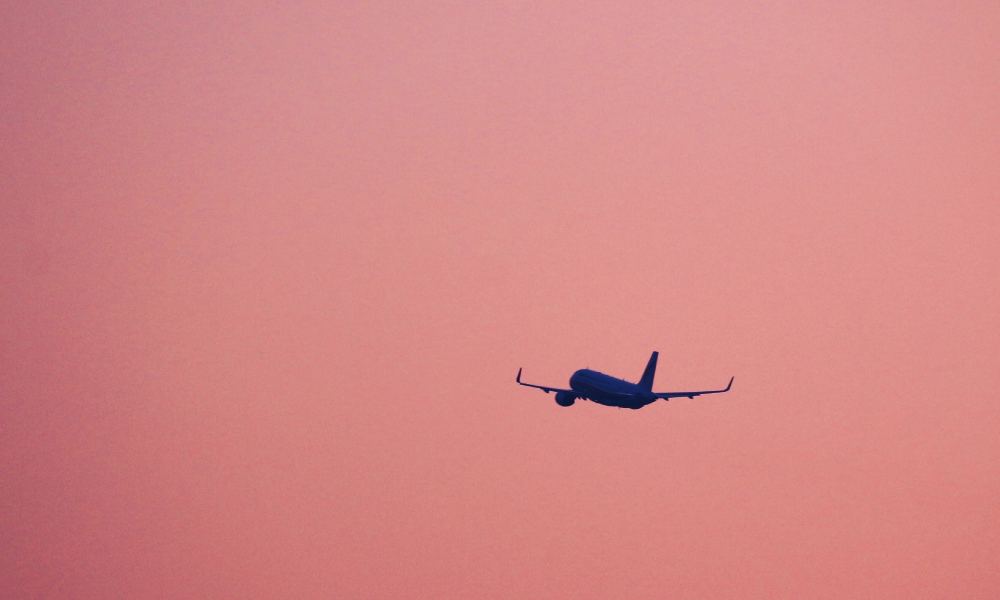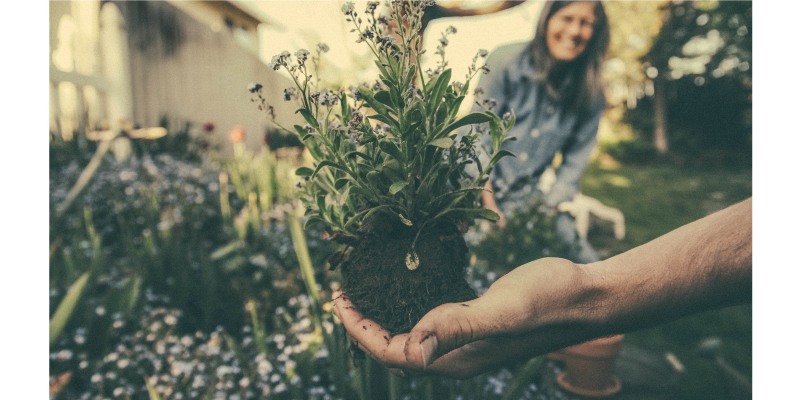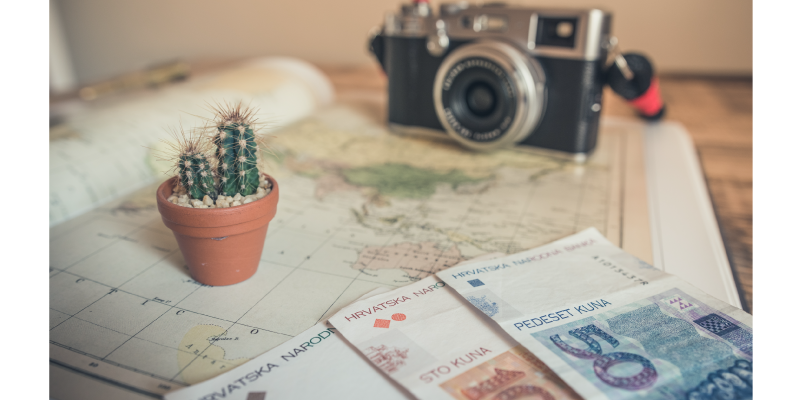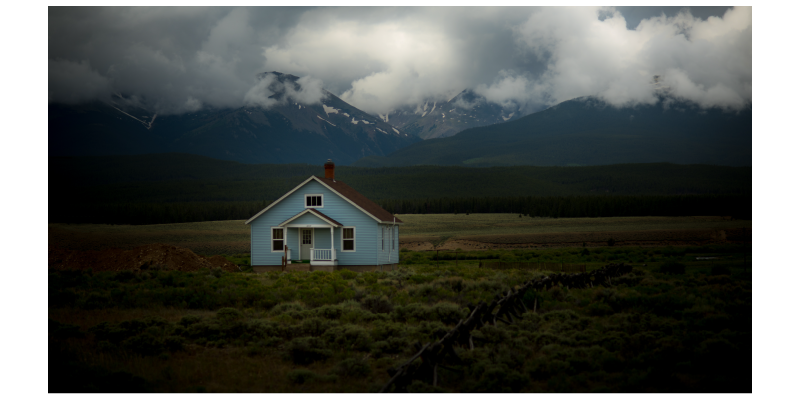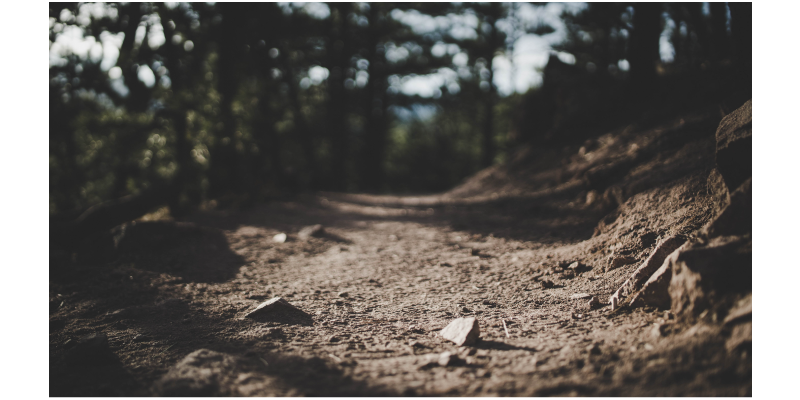The young woman beside me on an airliner ready to head to France was nipping at her nails. Bells had begun to ping. Carbon particulates from overhead vents were besieging us and rendering us hyperaware of the air. She gnawed and nipped and peered through the porthole.
From the seatback tray-table clasp, her pink jean jacket hung. Weighted by brass snaps, it slumped as a human torso might if all the bones were to dissolve except the spine. She turned again to the vast expanse of tarmac. Her neck, as if broken, fell to the porthole’s height. She was wearing a red football jersey, and when she swiveled to regard me her widened eyes blazed blue.
She had yet to cultivate the trick of oblivion, the surrender to technology, the flabby faith that yields its succulent bliss. Had she been in any mood at all to speak, she might have learned that sleight of mind from me. From an early age, I had also suffered at the outset of a journey.
Most people relish voyages, can’t wait to get out of town to lighten winter blues. But the impulse to hit the road never seized me. I gulped my sanity in doses close to home. Travel: I saw it as the contrary of place-based affections. Journeys often unmoored my ship of state. My body could draw to a halt in the face of racing contemplations. I was a thing that kept on thinking.
“I have traveled widely in Concord,” Henry David Thoreau wrote, a wry lift of his lip curling the page. Explore “your own streams and oceans,” he advised. Learn the joys of voyaging at home. His peer, Margaret Fuller, drowned at sea when she blundered from her homeland soil. She shipwrecked with her Italian family. She never learned the benefits of staying put.
New research says dirt possesses antidepressant microbes. Contact with good old loam may make a body healthier. Mycobacterium vaccae is the stuff under study. Its microbes enter us when we inhale them or absorb them through the skin when minor wounds give them access to the blood. Scientists find those microbes replicate the neural effect that drugs like Prozac bring.
Their research in the UK’s Journal of Neuroscience also shows how far body communicates with brain. It explains how immune system fitness helps mental health, how microbes stimulate serotonin — in mice and humans alike — to enhance the mood, memory, attention, and awareness.
Dirt is magic, after a fashion. Kids in urban bubbles ingest too little of it. Those deprived children need to get out, roll around, raise some clouds of dust. Theo Decker in The Goldfinch, afflicted as he is in that colossal novel, might have managed better had he had some short dirt naps. He is orphaned, bored, drug-addled, unanchored, staring always at the inside of his skull.
Organisms that can survive without the ground are rare. Even epiphytes, air plants, need humidity as dense as dirt to thrive. Twice grounded, born under an earth sign, I cherish my soil. When I go camping, I disdain a tent. Open air outdoors assuages my primal fear of being caged. There must be a name for the love of places where people don’t abound. My life helps define it.
Barn muck, swamp mud, and chaste dirt caked corral and pasture in the family farm near Seattle. Horses, cows and sheep extruded vapors. Feather dust and dander from the pigeon coop eddied like so much pollen from massive Douglas firs. When I went away to college, though, I cut my ties to the household acreage. I began to travel, and that’s when my odd pathology began.
William James, father of American psychology, in his great book The Varieties of Religious Experience distinguished “healthy-mindedness” from what he called “soul-sickness.” People who anticipate audacious fates James dubbed “sick souls.” Their thoughts clog with concern that they’ve been singled out. Beasts in jungles stalk them, predators that behave in unforeseeable ways. They might spring upon and savage true believers, lie down before and adore them, even shine a celestial light and bring them to the admiration of all humankind.
James’s “healthy-minded” study subjects did not behave at all that way. Did not fixate on the future, or brood in solitude, or weep about their possible destinies as pariahs, or bemoan past blunders and missed chances. They lived openly and for the moment, as I devoutly strove to do. How could I break the unhealthy habit of gazing at the fantods in my brain? Relinquishing touch with native ground would help. Willingly lifting feet from this dirt-and-water body we call Earth.
Right there I find a pair of crossed hairs, a set of behaviors named “travel aversion.’ For the travel-averse, a journey can be viewed as a danger, a foolish indulgence, a type of consumerism. Or, worse, a coiled reptile waiting for the opportunity to strike. True to such forms of paranoia and prudence, I found it absurd that travel can broaden or better a body, fortify the heart or mind.
Travel’s crass pursuits I found akin to retail therapy: foolish outlays to elevate drooping moods. No luxury too lavish, no destination too far. The world a pearly oyster to slice and slurp. Those who travel often do so unreflectively because others have told them it’s a cool thing to do. For the travel-averse, virtue means re-inhabiting the local, staying home, staying in place. During much of my early adult life, I believed universal goodness could best be gathered close at hand.
Travel aversion at its pathological extreme can ripen into hodophobia. Or so I discovered when I read up on its symptoms. Greek for path or road, hodos or ὁδός is the root of hodophobia. Sufferers from the condition fear and distrust paths, in particular those stained by human trails.
Hodophobia’s causes are matters of much dispute. One theory holds that a traumatic event can trigger the bizarre affliction. That theory cast me back to an interval in a car trunk.
It was a hot day and I was nine. The car, a big-finned Chevrolet. The seats had filled with family and friends, and no space beside the tomb-like trunk remained to quarter me. All was well until a bump in the road slammed trunk lid shut. Then, the six hands of claustrophobia seized me and squeezed. I could not inhale, my lungs jammed closed, I hammered to summon my release.
That damn path had bushwhacked me. Once I could collect my breath, for claustrophobia often simulates a feeling of asphyxiation, I felt lucky not to have mashed a finger in the latch.
Teach me to tolerate my quirks and faults, no confessional booth needed for that. But toss me into foreign waters without adequate gear, make me cling to random straws that strangers might proffer: such prospects conjured intolerable stress. My confidential imp would sidle up beside me and hiss with glee. The wallet or ticket was sure to be lost, street signs vanish or grow unreadable, the very air contrive to suffocate. I took my cues from healthy others where I could.
Hodophobia can manufacture its own weather. Stomachs churn and gurgle from the strain of journeys. Lips grow chapped, rash-ridden, raw. Body temperatures rise, goad sweat glands to flow. Unexpected obstacles loom large as bulging lava domes. The eyesight might even begin to blur. How find the right train, the live gate when the world will not come fully into focus?
Captive in a German airport once, I saw a young man scan a monitor, burst into Spanish, melt into honest and open tears. I could not look away. His was the face of a ravaged stranger in a graveyard, a ghost of calamities yet to come. If less than five percent of U.S. adults suffer from agoraphobia, the number of travel-averse and hodophobic sufferers has to be vanishingly minute.
Like other risk-takers of my generation, I recreated with my share of substances. But the psychedelics never pleased me for the wildernesses they could veer me into, the self-disclosures and confrontations. In my late teens, awkward to admit, I spent a gawky inward hour meditating alone on one big toe. Or rather, meditating on how it resembled my father’s, how his impassivity lisped in my veins, and whether genetic predisposition might have fated me to replicate his ways.
My Danish dad had a habit of jigging like a limberjack before a window in our home. He jingled coins, rattled keys, shifted his six-foot-six frame from heel to toe. It was as if he were performing covert recon on a warming world before he dared to venture out. He grew ever more the nester as he aged. For her part, my mother was often late, or so he maintained. Not ruinously late, never trashing plans or missing-the-show late, just fussing with her hair and clothes.
Widowed mother refuses to budge. She has always been that way. My sisters and I take it as a sheer aversion to change. Some Christian inference that life is never fated to get much better on this earthly coil. Efforts toward improvements might only accelerate a slide toward decay.
She seemed to believe that aging and entropy, those obscure laws of thermodynamics, might be stymied. Such laws are theories merely, as provisional as all other theories, solid only ’til the next big notion comes along. Equilibrium is more than a trick of being steady on one’s feet. It is the emotional poise that may be gained from staying connected to a place.
Bending toward her 90th now, our mother putters in the yard. She fusses over flowers and grandkids. She hums. Gottfried Leibniz in his Theodicy claimed that we live in the best of all possible worlds. A view Voltaire mocked, a claim that has yet to be disproven.
Stubborn mother refuses to shift, even when shoved. She will not contemplate taking a latchkey condo, venturing to see her California brother, letting go of the garden. After all, she reminds us, buttressed by the enigmatic Proverbs, “A fool uttereth all his mind: but a wise man keepeth it in till afterward.” She aims to hunker down in her home-place for long ages and a day.
Some sage said genetics loads the gun and environment squeezes the trigger. That saying stuck. A hereditary product of my parents, who traveled only sparingly outside their Seattle home, I chose late in life to stray abroad more often. To do so I had to pacify the prospects of insomnia, lost wallets, late planes, expired passports, unavailable vegetarian cuisine. The jean jacket draped from the airliner seatback suffered different fears. Terrorists, pilot error, wind shear, bird strikes.
My DNA transmitted my disability, at least that’s how my alibis played out. My parents, homebodies possessed of reticent genes, passed along their incapacity, whether by example or by blood. Packing for a two-day journey in my 20s could therefore fling me into fidgeting fits.
My motives for continuing to travel against the odds of such an affliction mystified me. Maybe I hoped to grow more at ease. Maybe repeated exposure would smooth the edges of the stress, like some hamster’s nails blunted by the spinning of an exercise wheel. But what if the cleaving that clawed my core proved to be the pleasure of some unseen deity, some foul fiend?
Caught on a Caribbean island when the World Trade Center’s towers collapsed, my partner and I watched those jet-made projectiles burst on a TV screen. We sweated and grew weak-kneed at a car-rental desk. Afterward, we could secure no flights. We could not sleep. We fretted about the forsaken kids at home. Aloft in the air in fits and starts, we tried for two nights to doze on airport benches and get home. Loudspeakers blared and warned and fed the static stress. Still today, Homeland Security threat-level updates keep travelers advised of the looming likelihood of doom.
These are first-world problems, I remind myself. People in developing countries never have to worry about the rigors of travel because they rarely get the chance. Oh, woe is me, we entitled types cry. Travelers on coach flights once got finger bowls, hot food, formal dress. But emotions recollected in tranquility are probably always benign. Especially from the plateau of an indolent adulthood. The childish mind’s eye might always revise. And we grow touchy with age.
“Where did it all go wrong?” poet John Berryman asked. Once air travel began to get more affordable, once humans got to be more mobile, we lined up like lowing livestock. Rustling and shoving, vying to be first in line, so many compliant bovines bred to become pink slime.
If a tinge of claustrophobia afflicts a traveler, she has to cringe when flights get overtaxed by cranky children, tiny seats, outsized passengers, pretzels for meals. Viruses party in airliner confinement. Jet cabins breed like Petri dishes. The cold medicine Airborne is well named. Air travel might be simpler were pure dirt circulating instead of human-vectored sneeze-borne bugs.
The adverse odds against traveling began to stack up like so much cordwood for me until it became a stunning wonder at last that anyone of sound mind should risk the act of flight. Lice do it, sure. Mites do it. Even lusty sucking fleas do it. But moving faster than we can self-propel might qualify as the most Promethean feat of hubris ever. Or so I supposed from affliction’s pit.
More people die in cars than by any other unnatural cause. Yet my fellow humans find it a rush to storm down a highway in two-ton pods of metal and glass. The 1996 film Crash proved spooky for its premise that auto smashups arouse some aberrant instincts. In the aftermath of auto accidents, bruised and bloody, the film’s protagonists desire nothing other than to get it on.
The fluids of cinema today — semen, blood, gasoline — make for a tricky mix when they condition us to affiliate them with one another. Let us bleed, let us trigger climaxes with a raw explosion, let us drive really fast and cinematize it. The wildness and athleticism of sex might achieve a certain dignity, I believed, but not when exhaust fumes complicate the coupling.
In the Greek pantheon, Antaeus possessed a legendary strength. That giant born of water and soil, sprung from Poseidon and Gaia, retained his vigor by keeping mindful contact with the planet Earth. Hefted by Hercules, disengaged from his home globe, his brute power bled out and he fell dead. That old legend seemed intuitive to edgy planetary refugees like me. Our capacity for vast disasters ratchet up, you see, the farther we elevate ourselves above the security of dirt.
Connectedness to earth yields sensory calm. A lakeside view of water often soothes. But in the air or on a road, peace comes passing rare. The fine eye apprehends its speed. Telephone poles, viewed from a car or bus or train, snick past like slats in a picket fence. River drainages, laced by creeks and swamps and witnessed from a heavenly altitude, startle for their stark resemblance to our circulatory systems at work, our hidden arteries and capillaries made plain.
In a car or in a jet, the air goes rushing past so fast it becomes audible, it comes alive, it jeopardizes travelers if a door or window fails. When harm comes from our own trajectory as we rocket through the air, it is high time we sit upon the ground and spin sad tales of nirvanas lost.
Rapid travel used to make me skittish as a fart on a skillet. Now, though, I’ve learned to subdue those crotchety instincts, socialize my fears. I have learned to play it cool. Even if I am my mother’s son, my father’s restless emanation, stalking the castle ramparts like old King Hamlet after his murderous brother felled him. At long last, I have abandoned myself to utter confidence that a path itself can bear no devious design. A path, after all, is not a sentient thing.
My anxiety regarding travel has turned to numb trust. Certainly, nothing disturbing will occur. After decades of trial and error, I’ve learned the trick of disabling the switch, deactivating the alarm. My spine remains intact, even when I am winging at nine hundred kilometers an hour. •
Photos by Wang Xi, Trevor Brown, Chris Lawton, Nathan Anderson, and Benjamin Combs, courtesy of Unsplash
